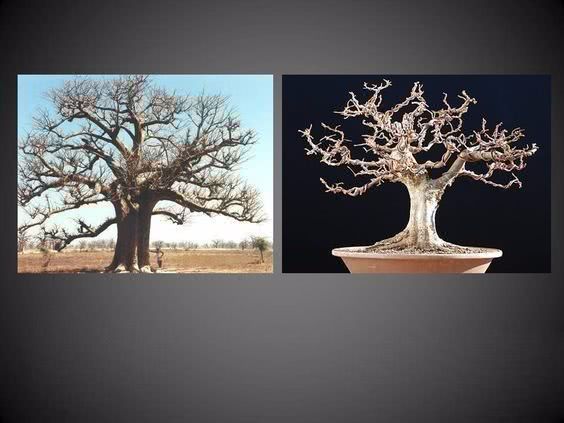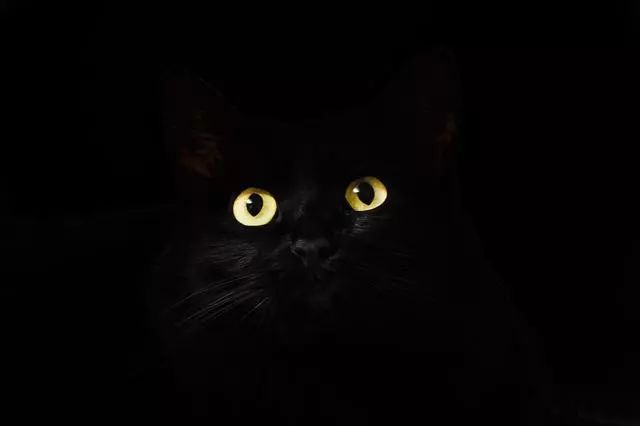There is one more person who carries the pot for the poppy.

About July and August, the northern hills and meadows or the edge of the stone beach will bloom a lot of wild opium poppy (Papaver nudicaule), lovely yellow flowers are pitiful.
The newly blooming flowers still hung their heads and closed shyly, like a girl with a smile, but the fallen flowers raised their heads, revealing the slightly inflated ovary, and the yellow dress was ruthlessly taken away by the mountain wind and blown away. The petals as thin as butterfly wings are not afraid to turn into flower mud, because when their color disappears, the petals have long disappeared.
Wild poppies among the mountains and rocks. Picture: Amon
The wind blows early to see the bright yellow.
Although there are many species of opium poppy, there are only four species of wild opium poppy from China, and the wild opium poppy which is widely distributed in the cold regions of the Northern Hemisphere is one of them.
Wild opium poppy is a wild flower, whether on the top of Baihua Mountain or on the prairie sky road, the bright yellow is its symbol. The wind blows the grass as low as cattle and sheep, and the August breeze blows low in the grass pond, revealing the bright yellow of wild opium poppy.
If you are in the north and have been to the countryside, you must be no stranger to this bright yellow. Picture: Amon
Wild opium poppy in the local mouth of the famous "Mountain smoke", does not sound as beautiful as flowers, but also like a curse, was artificially given this name, let people some love, but also some fear. Wild opium poppy likes cold and is afraid of hot summer, so although it is perennial, it can only be cultivated as an annual plant in many places.
If you have read previous articles, you will know that most of the beautiful women of Yu and wild poppies have been marked with the taboo color of "poppy." The upright fruit of the wild opium poppy is the source of its name-"naughty", canned pottery with a pointed lid, often used to hold rice grains. "poppy" is millet. The name "opium poppy" describes its fruit and indicates that its seeds are small.
Poppy family, divided into two cases
Plants similar to poppies are often called "poppies". Although most of them are poisonous, they are not as evil as opium poppies.
Throughout the small family of Papaveraceae, it is clearly grouped into two main groups according to the shape of flowers: one is the ghostly subfamily Papaverinae, which is known to us, and the other is the subfamily Corydalis, which has small flowers and extremely colorful flowers. Around the two sister groups, there are two small subfamilies that connect their bloodlines-Pteridaceae and Anisinae are the basic groups of the opium poppy family, pulling together the two families that could have gone their separate ways.
Take a brief look at today's supporting role Corydalis northeastern Corydalis (Corydalis ambigua). Picture: arudhio / wikimedia
The flowers of the poppy subfamily are so beautiful that most of the plants in this subfamily are known as "poppy" in China, corresponding to the English word "poppy". Beautiful flowers are naturally loved by people, and there are many species in the poppy subfamily that are domesticated into horticultural plants and grow around us. Unfortunately, because poppies are stigmatized by human beings, many people have a lot of misunderstandings and suspicions about them.
Meconopsis (himalaya poppy) is the leader in the beauty of the poppy subfamily, and many people are fascinated by its rare sky-blue, translucent petals. It is a pity that this kind of plant from the plateau is resistant to most environments, except for a few slightly heat-resistant species, most of them can not grow in the ordinary environment.
The flowers of the genus Eschscholtzia (california poppy) from America are similar to opium poppy, but their colors are quite different. the former flowers are more orange and yellow, and the double horticultural varieties of salmon red are favored by people. Although there is little horticultural cultivation in the genus Chelidonium in the northern mountains, it is the most common small wild flower from early summer to autumn in the north.
E. californica. Photo: Johnathan J. Stegeman / wikimedia
C. majus of the genus Chlorophyllum. Picture: Alvesgaspar / wikimedia
The most "split" opium poppy
There are many kinds of opium poppy, and people like their showy flowers and are often cultivated. However, opium poppy (P. somniferum) and bristle opium poppy (P. setigerum) were banned because the emulsion of immature fruit could extract opium.
Bristled poppy. Picture: Alvesgaspar / wikimedia
Other plants of the genus opium poppy are often misunderstood because of their resemblance to the opium poppy species, the most famous of which is P. rhoeas. It is called field poppy because it likes growing in wheat fields very much in Europe.
The three growth stages of Yu Beauty-bud, flower and fruit. Picture: Alvesgaspar / wikimedia
Oriental opium poppy (P. orientale) is an extraordinarily beautiful plant with tall plants, large flowers, often bright red or pink, and is often mistaken for opium poppy. The hybrid offspring of oriental opium poppy and brick red opium poppy is pseudo-oriental opium poppy (P.xpseudo-orientale), which brings bright orange and yellowish flowers to the originally monotonous oriental opium poppy.
Pseudo-oriental poppy. Picture: pixabay
Among the cultivated horticultural species, there are also some highly varied ornamental varieties of opium poppy. Peony opium poppy (P. s.var.peoniflorum) has the largest number of petals among the two double petal varieties of opium poppy. It has poor fruiting ability and small fruit because of stamen petalization, so it can not extract opium. However, except for flower morphology and capsule number, peony opium poppy as a variety of opium poppy looks exactly like poppy, and private cultivation is not recommended in order to cause unnecessary misunderstanding.
In addition, common double opium poppy and a variety of opium poppy, large fruit opium poppy, are also prohibited because the fruit is rich in papaverine.
Peony poppy. Picture: garden.org
Among the many cultivated opium poppies, there is a flower pattern close to the native species of opium poppy, but the plant is close to Yumei, which is the Icelandic opium poppy. Although Icelandic opium poppy is translated from iceland poppy, it does not come from Iceland, but is a wild opium poppy grown near the Arctic Circle. Compared with the common wild opium poppy in northern China, it has larger plants, larger flowers and much richer flowers.
Colorful Icelandic poppy. Picture: seedempire.com
I have always lamented that humans have been able to cultivate orange and pink Icelandic poppies that are not found in nature through yellow wild poppies. However, when I stood at the top of Taibai Mountain and saw a clump of orange-red wild poppies swaying in the mountain breeze, I felt that compared with nature, I was still too naive.
Orange-red wild poppy. Picture: Amon
This is the 228th article in the fourth year of the species calendar, from the author of the species calendar @ Amon.
Calendar Niang today's avatar
Artemisia annua L. of Papaveraceae
- Prev

Although you play the bonsai superbly, you are not as good as …...
Sometimes we will think that human beings are very good at playing with bonsai. In fact, nature is much better than us. After watching it, we have to sigh that nature is so charming! Dear ones, you are welcome to like and share.
- Next

Animals are deprived of not only their habitat but also their time.
When you squint and go to the bathroom in the dark in the middle of the night, and then stumble all the way back, your cat owner will stare at you with his glowing eyes: "Oh, blind man". Although human night vision is not as good as that of cats, we are.
Related
- Wuhan Hospital Iron Tree Blooming Result Was Instantly Frightened by the Gardener Master
- Which variety of camellia is the most fragrant and best? Which one do you like best?
- What is the small blue coat, the breeding methods and matters needing attention of the succulent plant
- Dormancy time and maintenance management of succulent plants during dormancy
- Minas succulent how to raise, Minas succulent plant pictures
- What are the varieties of winter succulent plants
- How to raise succulent plants in twelve rolls? let's take a look at some experience of breeding twelve rolls.
- Attention should be paid to water control for succulent plants during dormant period (winter and summer)
- Watering experience of twelve rolls of succulent plants
- Techniques for fertilizing succulent plants. An article will let you know how to fertilize succulent plants.

